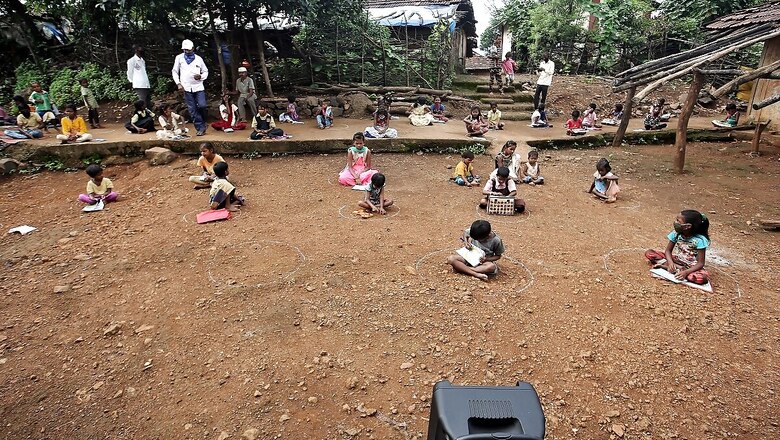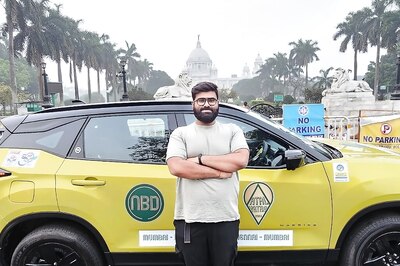
views
In its first-ever phone-based survey, ASER found that only one-third of enrolled children had received some form of learning materials or activities from their teachers till September this year. The survey revealed that regardless of which school students were enrolled in, government or private, WhatsApp was the most used medium for sending learning material.
ASER’s survey focussed on whether households received learning material like textbooks, worksheets, videos, recorded lectures from children’s schools through a phone or a person in the week prior to the survey in September 2020.
“Overall, about one-third of enrolled children had received some form of learning materials or activities from their teachers during the week preceding the survey. This proportion was higher in higher grades than in lower ones; and higher among students in private schools than in government schools,” said ASER’s statement.
“Regardless of school type, WhatsApp was the most common medium through which activities and materials were received. However, this proportion was much higher among children in private schools (87.2%) than those in government schools (67.3%),” the report added.
The report further shows there are states where only less than a quarter of all children had received any materials. These states include Rajasthan (21.5%), Uttar Pradesh (21%), and Bihar. It was observed that children from families with low education and lack of funds for acquiring resources like smartphones had less access to learning opportunities.
According to the report, about 31.8% of children in government schools received some materials via personal contact with teachers and in private schools, about 11.5% of children received the same when the teacher visited the household or else when a household member went to the school.
Among the approximately two-thirds of all households that reported not having received learning materials during the reference week, the majority said that the school had not sent any materials. As per the data in both government and private schools, around 68.1% said the school was not sending the learning material, while 11.0% said they could not access the learning material due to “no internet.” Around 24.3% could not access material due to lack of smartphones, while 5% faced connectivity issues.
The survey which was conducted in September 2020 – the sixth month of national school closures – explored “provision of and access to distance education mechanisms, materials and activities for children in rural India, and the ways in which children and families are engaging with these remote learning alternatives from their homes.”
ASER 2020 covered 26 states and four Union Territories and recorded the stories of a total of 52,227 households and 59,251 children in the age group of 5-16 years, as well as teachers or headteachers from 8,963 government schools offering primary grades.
It has suggested policy-level implications that involve a lot of help after the schools re-open. “Many modes of providing digital content have been tried. In order to improve digital content and delivery for the future, an in-depth assessment of what works, how well it works, who it reaches, and who it excludes is needed,” ASER said detailing the ways of mediating the digital divide.
Read all the Latest News and Breaking News here




















Comments
0 comment